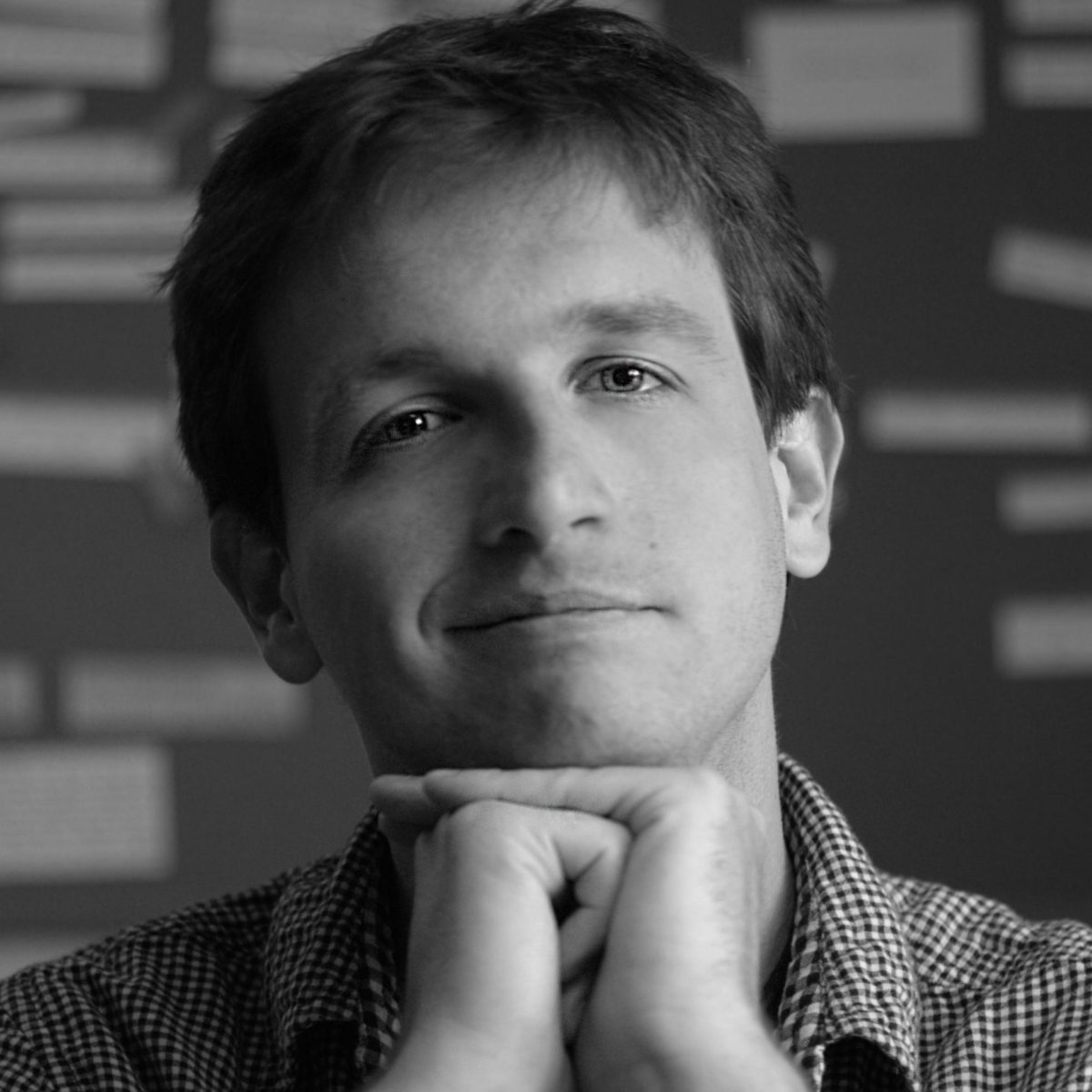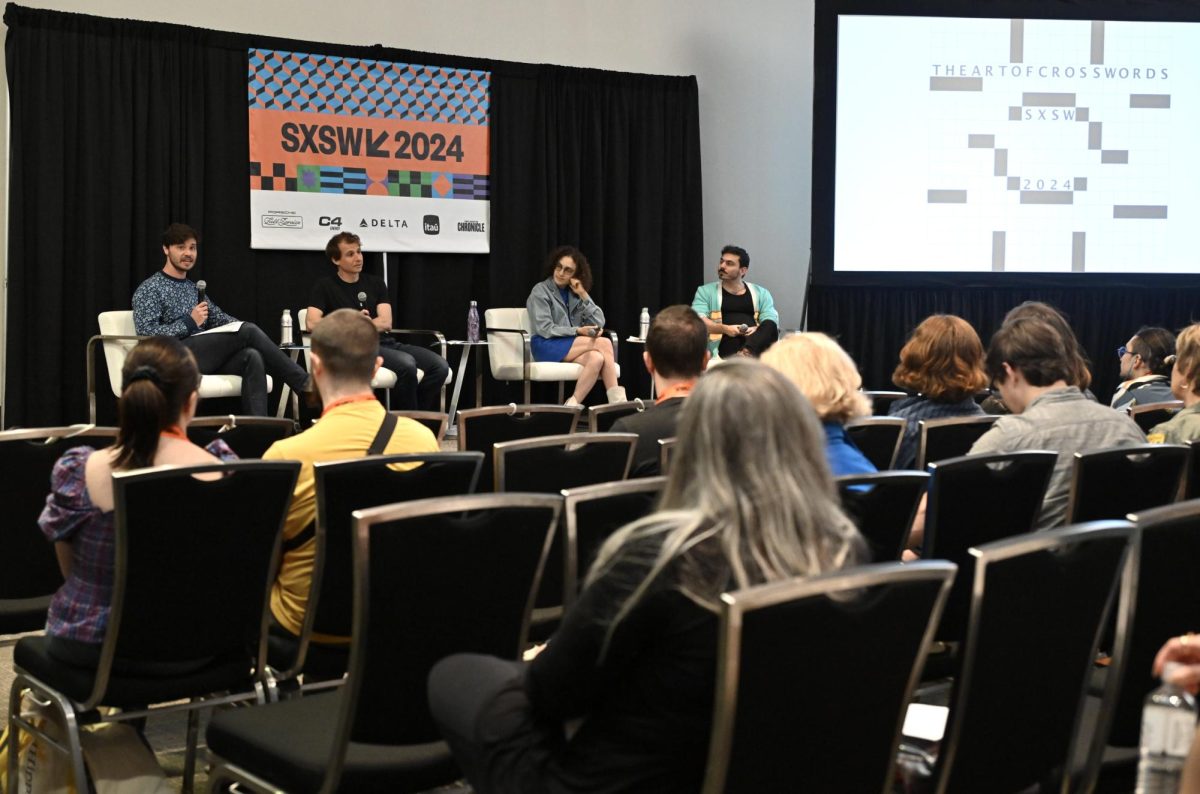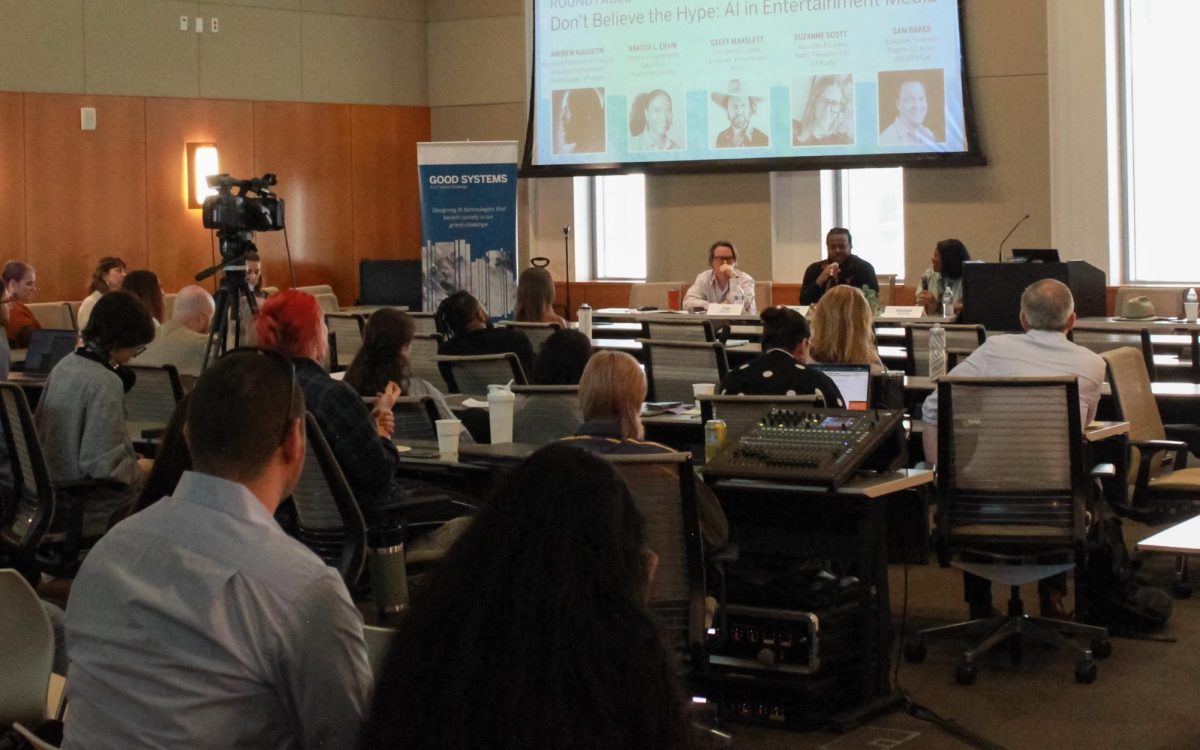As keynote speaker of South by Southwest’s Interactive track, Jennifer Doudna, UC Berkeley professor, spoke Saturday about the gene editing tool, called CRISPRCas9, she helped develop.
Scientists have sought to understand how to edit DNA, which stores genetic information in the form of double helices made up of base-pairs, for many years.
Douda addressed this during her keynote.
“What if a cell’s DNA could be edited like the text of a document?” Douda said.
The discovery of this gene editing began when researchers saw that some bacteria’s genetic material contained a sequence of short DNA repeats known as CRISPR. These short repeats also contain DNA sequences derived from viruses that previously infected the cell. In some bacteria, CRISPR combines with the protein Cas9 to form a CRISPRCas9 molecule. When viruses containing the same viral sequence as the one in CRISPR enter the cell, CRISPRCas9 cuts the viral DNA at that particular sequence, acting as as a form of immunity against viral infection.
Doudna said because CRISPR is programmable, researchers are able to use it to induce breaks in DNA, which can then be edited or added to before being repaired.
“In this way, the CRISPR system could be harnessed as a powerful technology for gene editing,” Doudna said. “I like to call CRISPR a molecular scalpel for DNA.”
Although the technology was introduced less than five years ago, scientists have already found many uses for CRISPRCas9. It’s been used to edit the genomes of plants and animals, which Doudna said has prompted a conversation on what defines a genetically-modified organism and how to regulate these organisms.
Clinical trials will soon use CRISPRCas9 to correct mutations for genetic diseases such as sickle cell disease. Researchers can also use it to engineer animals, such as pigs, to be better organ donors for humans. Doudna said that clinical trials in China were editing the immune systems of cancer patients for treatment, merging the fields of immunotherapy and gene editing.
CRISPRCas9 can be used to edit sperm, eggs and embryos, which then pass on those genetic changes to future generations. Editing heritable genes in a clinical setting brings up many ethical concerns and requires further conversation, Doudna said. However, she added that it still serves as a powerful tool.
“As human beings we now have the ability to control our own evolution,” Doudna said. “We can make changes to our own DNA that will be inherited by future generations and that’s an awesome outlook.”




















